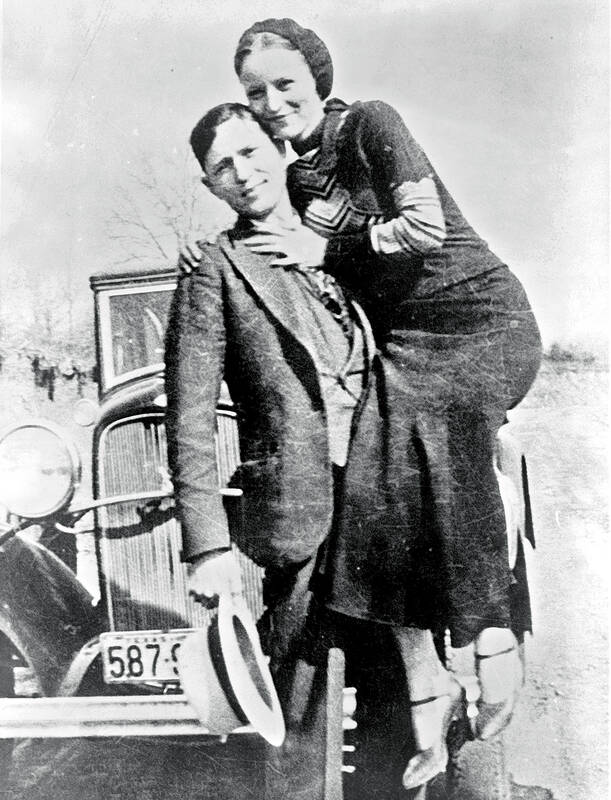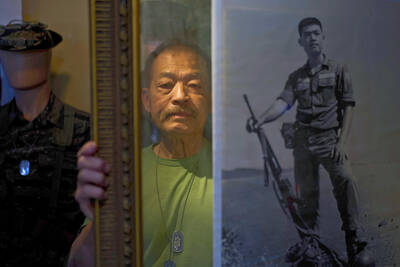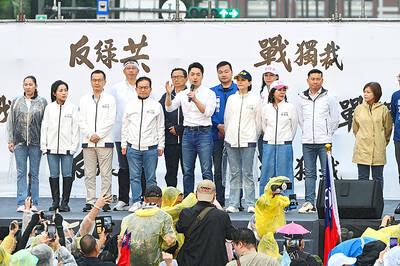John Oller’s new book tells how the FBI took down John Dillinger, Baby Face Nelson, Bonnie and Clyde and other celebrity criminals of the 1930s, as President Franklin Delano Roosevelt waged his “war on crime.” In prose fast as an Essex-Terraplane getaway car, Oller recounts and deconstructs the myths that grew around such bank robbers, kidnappers and killers. He also spotlights the agents who chased and caught and sometimes killed the criminals or were killed themselves — names long eclipsed by that of J Edgar Hoover, who led the FBI for 48 years.
“Hoover was such a larger-than-life figure and he wanted to keep it that way,” Oller says. “He wanted his agents to be anonymous. If any name was going to be associated with the FBI, he was going to be it. And he pulled it off. That’s the reason none of these guys that I write about have ever been known. They kept it that way.”
Like the criminals they hunted, agents (“G-Men” in the slang of the day) have occasionally been played by Hollywood stars: “In the movie Public Enemies with Johnny Depp as Dillinger, Christian Bale played [Hoover’s deputy] Melvin Purvis. It was total miscasting. But none of the other guys in my book are really known to the public. Sam Cowley [who killed Baby Face Nelson but was killed himself, in 1934] may be known a little bit, if you’re really versed in the genre.

Photo courtesy of Wikimedia Commons
“So I was attracted by the anonymity of these guys [and] I wanted to bring to the fore some of these people who had never been talked about … I wanted to track down the descendants.”
Oller did so, talking to sons and daughters, grandsons and granddaughters. If the result is a little more public interest in Walter Trainor, who unraveled the conspiracy behind the Kansas City Massacre, or Johnny Madala from Chicago, or Bill Rorer, who captured Machine Gun Kelly (the kidnapper, not the rapper), then to Oller, so much the better.
Oller is well aware the FBI’s reputation has never been spotless, though he does laugh at how distrust of the “Feds” has recently switched from left to right. Of Hoover, who died in 1972, Oller says he “takes a lot of criticism, some of it very justified.” Much of it comes from the 1950s and 1960s, when as the Guardian recently put it, Hoover pursued “strong-arm tactics, political manipulation and disregard for civil liberties, [using] the FBI’s extensive intelligence-gathering capabilities to monitor political dissidents, civil rights leaders and other groups he deemed a threat to national security.”
Looking back to the 30s, when Hoover sent agents chasing across state lines, Oller says: “One of the things a lot of critics say as well is, ‘Why did he spend all his time going after these two-bit bank robbers instead of the mafia, organized crime?’ The mafia, it was mostly a big-city phenomenon. They dealt in big-profit items: counterfeiting, prostitution, gambling, alcohol, drugs and the like. Whereas these guys” — Dillinger, Nelson et al — “were bank robbers and with some of these midwest banks they were taking a flyer, really.”
It was the time of the dust bowl and the Great Depression.
How much money would be in the bank?
“Sometimes the robbers were told, ‘Oh, there’s US$200,000,’ and they get there and there was only US$15,000 because the bank had just deposited its money in the Federal Reserve. But while bank robbery was fairly easy to succeed at, you had to be willing to shoot people, if necessary. There was killing of cops and innocent bystanders.”
“So I say in the book, it was true: if you were a Main Street shopkeeper or small-town cop or an innocent bystander on the street, you’re in much greater danger of being killed or seriously wounded by a John Dillinger or a Bonnie and Clyde than you were by Al Capone in Chicago. The mafia, big organized crime, they might go after each other at times, and they might go after the cops if they hadn’t paid them off sufficiently. But for the most part, it was the scourge of these bank robbers that got the FBI involved, and the kidnappings too.”

April 28 to May 4 During the Japanese colonial era, a city’s “first” high school typically served Japanese students, while Taiwanese attended the “second” high school. Only in Taichung was this reversed. That’s because when Taichung First High School opened its doors on May 1, 1915 to serve Taiwanese students who were previously barred from secondary education, it was the only high school in town. Former principal Hideo Azukisawa threatened to quit when the government in 1922 attempted to transfer the “first” designation to a new local high school for Japanese students, leading to this unusual situation. Prior to the Taichung First

When the South Vietnamese capital of Saigon fell to the North Vietnamese forces 50 years ago this week, it prompted a mass exodus of some 2 million people — hundreds of thousands fleeing perilously on small boats across open water to escape the communist regime. Many ultimately settled in Southern California’s Orange County in an area now known as “Little Saigon,” not far from Marine Corps Base Camp Pendleton, where the first refugees were airlifted upon reaching the US. The diaspora now also has significant populations in Virginia, Texas and Washington state, as well as in countries including France and Australia.

On April 17, Chinese Nationalist Party (KMT) Chairman Eric Chu (朱立倫) launched a bold campaign to revive and revitalize the KMT base by calling for an impromptu rally at the Taipei prosecutor’s offices to protest recent arrests of KMT recall campaigners over allegations of forgery and fraud involving signatures of dead voters. The protest had no time to apply for permits and was illegal, but that played into the sense of opposition grievance at alleged weaponization of the judiciary by the Democratic Progressive Party (DPP) to “annihilate” the opposition parties. Blamed for faltering recall campaigns and faced with a KMT chair

Article 2 of the Additional Articles of the Constitution of the Republic of China (中華民國憲法增修條文) stipulates that upon a vote of no confidence in the premier, the president can dissolve the legislature within 10 days. If the legislature is dissolved, a new legislative election must be held within 60 days, and the legislators’ terms will then be reckoned from that election. Two weeks ago Taipei Mayor Chiang Wan-an (蔣萬安) of the Chinese Nationalist Party (KMT) proposed that the legislature hold a vote of no confidence in the premier and dare the president to dissolve the legislature. The legislature is currently controlled